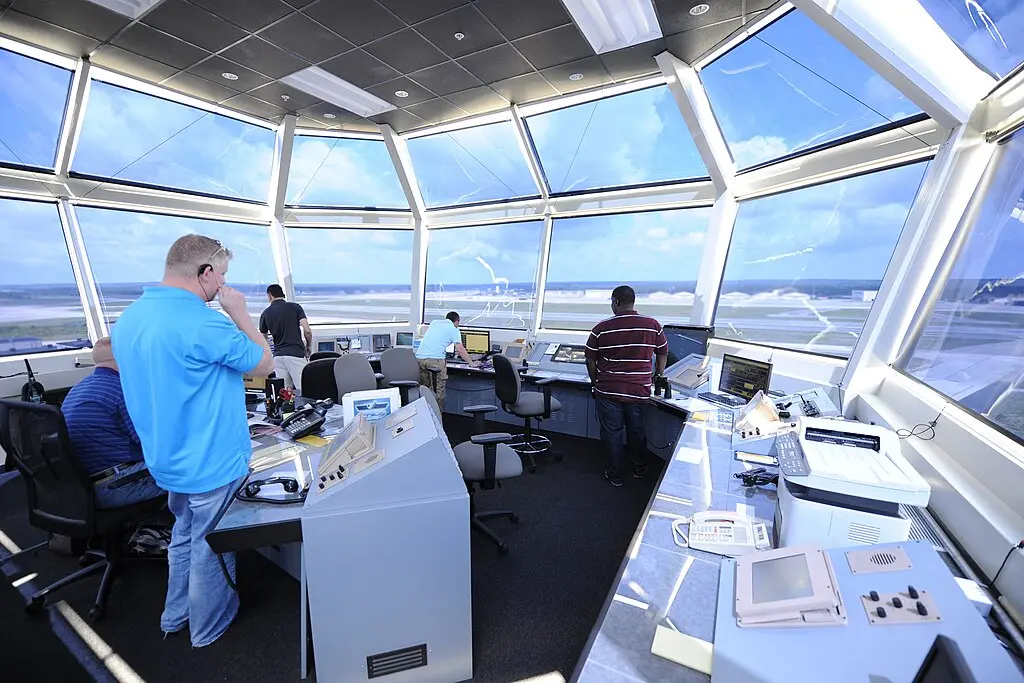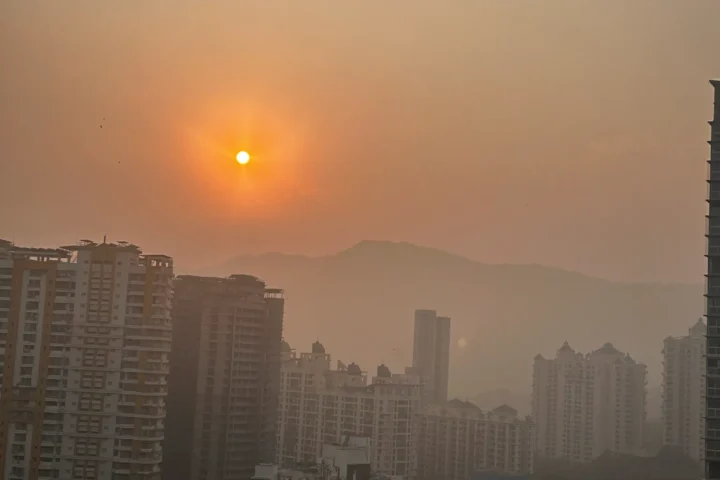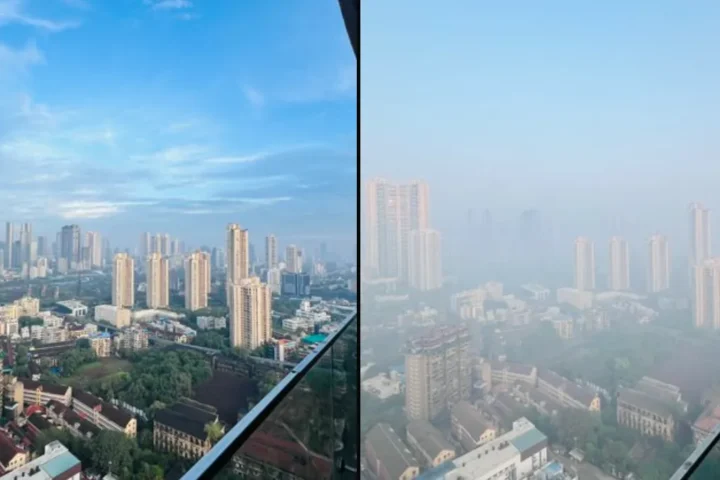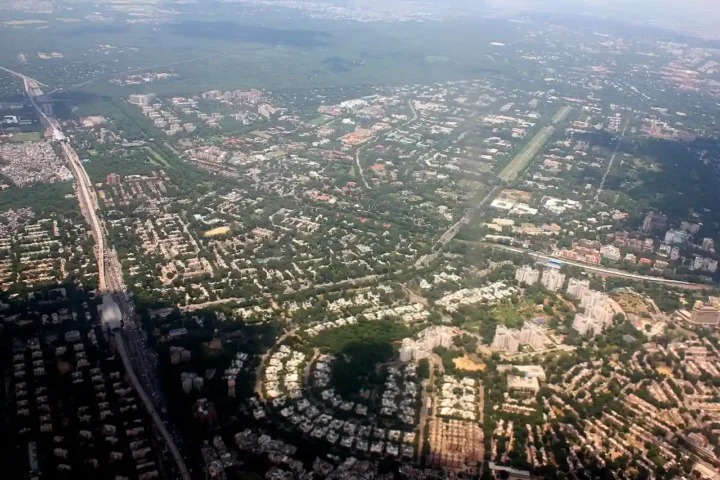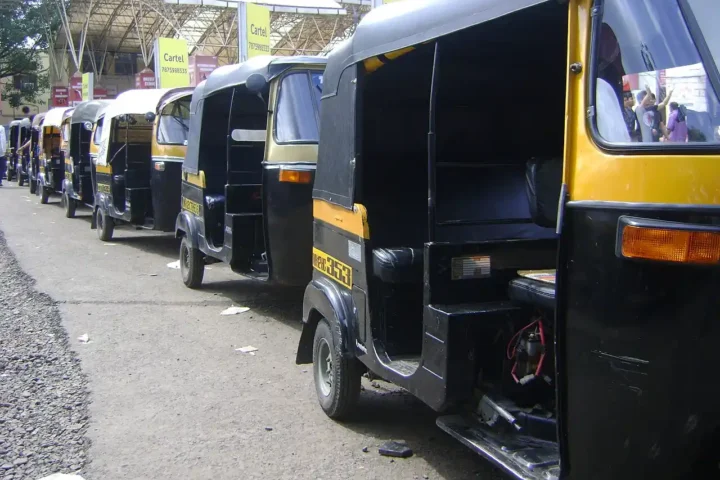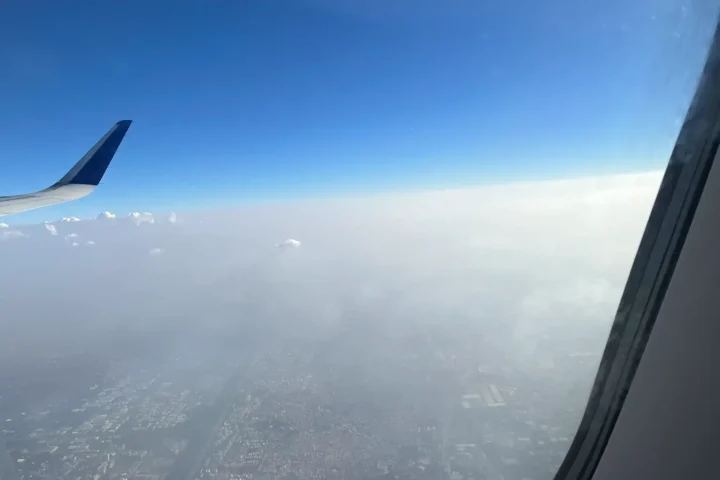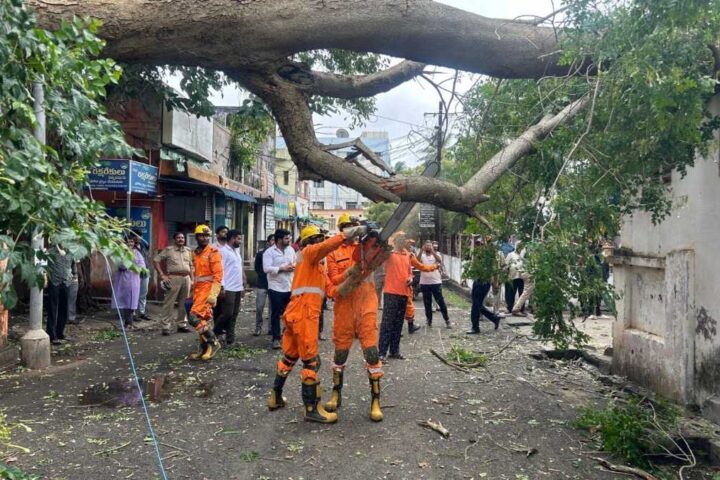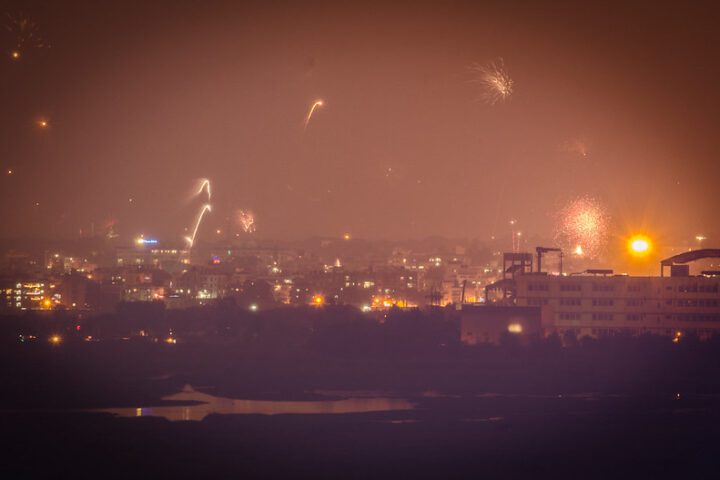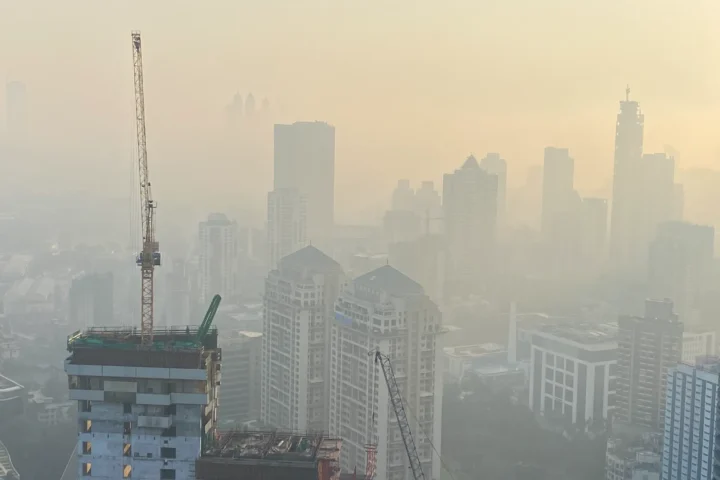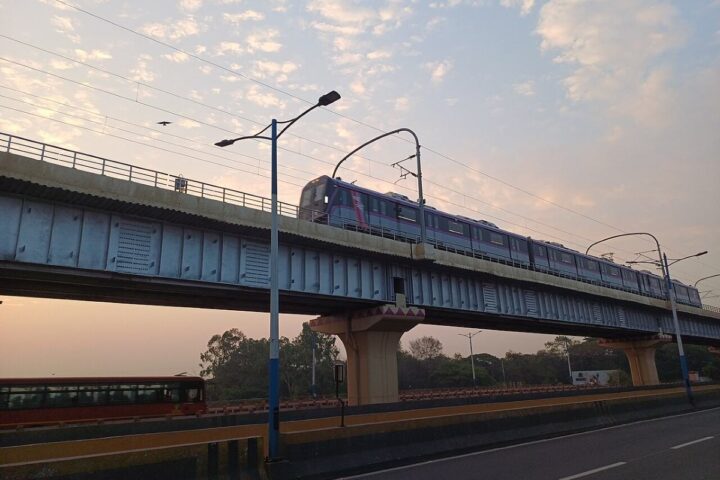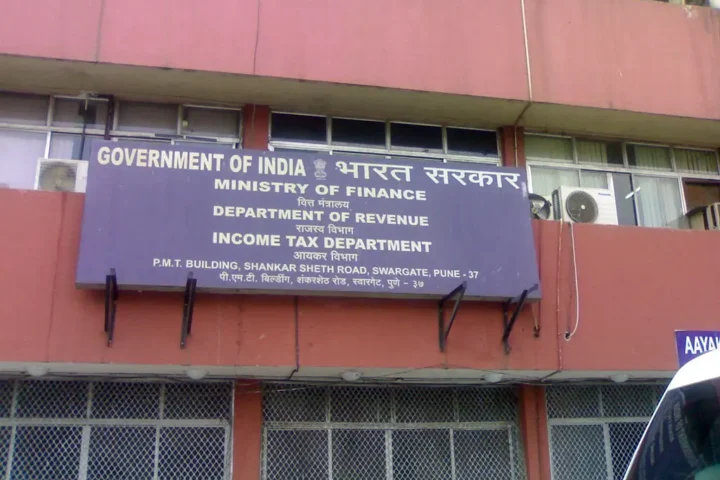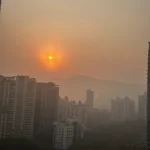BMC Issues One-Month Ultimatum for Air Quality Sensors at Construction Sites
45% of Mumbai’s 1,200 construction sites have complied with mandatory sensor installation; BMC warns of strict enforcement action as November deadline approaches
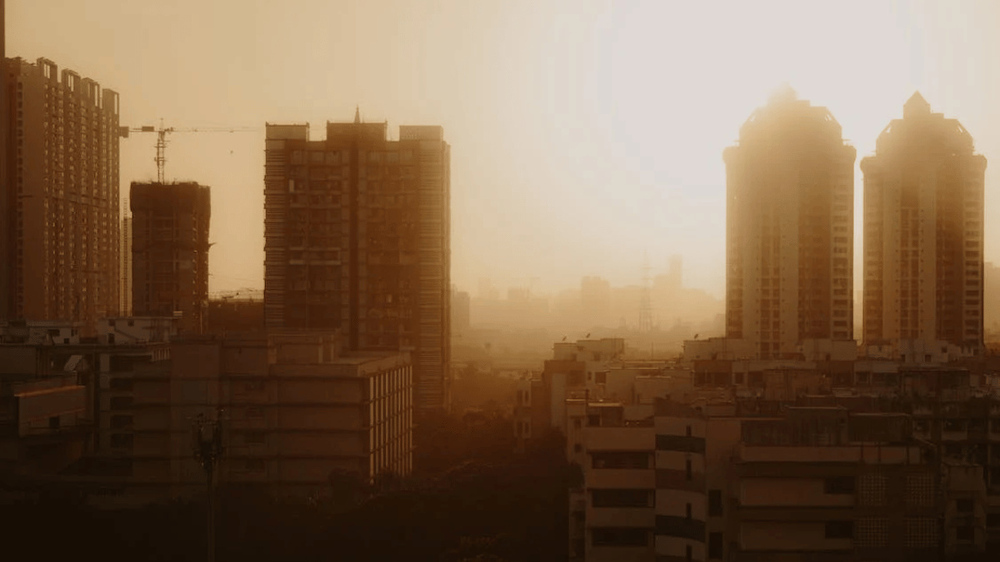
Compliance Overview as of October 28, 2025
Real-Time Compliance Status
Key Milestones & Timeline
What You Must Know
Background: Why This Mandate Exists
Construction dust ranks as Mumbai’s leading air pollution source, as documented in the BMC’s Mumbai Air Pollution Mitigation Plan (MAPMP). In November 2023, the Bombay High Court took suo motu cognizance and initiated SMPIL No. 3/2023, directing strict enforcement of dust mitigation measures. The January 9, 2025 order mandated installation of monitoring devices to enable real-time identification of non-compliant sites, replacing the previous practice of broad ward-level construction bans that disrupted compliant projects and the economy simultaneously.
The monitoring system distinguishes between site-specific pollution sources and broader ambient air quality. Unlike the Continuous Ambient Air Quality Monitoring System (CAAQMS), which measures area-scale air conditions across Mumbai neighborhoods, these sensor-based monitors provide hyperlocal PM2.5 and PM10 detection at individual construction sites. This granular data enables authorities to take targeted enforcement action only against sites with documented poor air quality performance, rather than imposing blanket restrictions.
Current Compliance Landscape: Why 45% Falls Short
As of October 28, 2025, BMC data shows 535 sites (45%) have successfully installed approved sensors and LED display boards. Another 168 sites (14%) are in the equipment acquisition and installation phase. The remaining 497 sites (41%) remain entirely non-compliant, having neither ordered sensors nor initiated installation preparations despite four months since the June 2025 directive.
A senior BMC official stated that if remaining developers fail to comply within the 30-day window, “strict action will be taken.” The extended timeline from June to October suggests multiple factors delayed adoption: equipment supply chain challenges, cost considerations (sensors range from ₹1 to 2 lakhs per unit), and historical patterns where developers delayed action anticipating policy reversals or deadline extensions. The BMC’s decision to issue a formal one-month ultimatum signals intent to enforce compliance rigorously this time.
Enforcement Measures & Penalties
BMC officials have specified enforcement actions for continued non-compliance. These range from suspension of project approvals and withholding new permits, to issuance of stop-work notices halting all construction activity at non-compliant sites. Developers face financial penalties, and in severe cases, complete site shutdowns until sensors are installed and data integration with BMC servers is verified.
The Maharashtra Pollution Control Board (MPCB) will conduct joint operations with BMC. Ground-level enforcement teams will verify on-site compliance with dust mitigation protocols including water sprinkling, debris covering, and proper vehicle cleaning. Real-time sensor data feeds into BMC’s central monitoring system; any site consistently recording poor air quality readings triggers automatic investigation and targeted enforcement.
BMC officials emphasized this represents a departure from past practice where enforcement was irregular or diluted. The combination of real-time data, centralized surveillance, and coordinated BMC-MPCB enforcement signals heightened accountability for developers and project managers.
Why Construction Dust Control Matters for Mumbai Air Quality
Construction activity generates multiple pollution pathways: excavation dust, equipment emissions, material transport by uncovered vehicles, and uncovered debris stockpiling. Between October 18-22, 2025, the Centre for Research on Energy and Clean Air documented that 19 monitoring stations in Mumbai recorded their highest daily average PM2.5 levels since January, with seven stations hitting peak PM10 readings. Around the Diwali period (October 21-22), overall AQI reached “poor” and “very poor” categories at multiple locations.
The southwest monsoon withdrawal from Mumbai on October 10, 2025, removed natural dust-settling effects from rain. Combined with festival firecracker emissions, this created a pollution crisis where multiple sources compounded each other. Real-time site monitoring allows authorities to quantify construction’s specific contribution during these critical air quality periods and enforce immediate corrective action.
Approved Sensor Equipment Standards & Technical Requirements
BMC’s circular MGC/F/6526 (dated May 13, 2025) specifies that approved sensors must measure PM2.5, PM10, temperature (°C), and relative humidity (RH %) with data refresh every 30 seconds. Equipment must carry certification from mCERTS TUV, NIST, AirParif, or validation by premier Indian institutes including IIT Bombay, IIT Kanpur, IIT Delhi, IIT Madras, IIT Kharagpur, or CSTEP Bangalore.
For projects costing under ₹500 crores, sensor-based monitors from the 15-vendor approved list are mandatory. Projects exceeding ₹500 crores must install reference-grade CAAQM stations conforming to CPCB’s technical specifications for continuous ambient air quality monitoring. All equipment must feature 60-day local data storage (internal memory), require mandatory calibration every two months, and include 6-hour fault-address and 24-hour replacement timelines per service-level agreements.
| Requirement Category | Projects < ₹500 Cr | Projects ≥ ₹500 Cr |
|---|---|---|
| Sensor Type | Sensor-based (OPC/Optical) | Reference-grade CAAQM station |
| Parameters Monitored | PM2.5, PM10, Temp, RH | PM2.5, PM10, SO₂, NO₂, CO, O₃, Temp, RH |
| Data Refresh Rate | Every 30 seconds | Every 15 minutes (ambient standard) |
| Calibration Schedule | Every 2 months | Quarterly or per CPCB specs |
| Data Storage (Internal) | 60 days minimum | As per CPCB standards |
| Approved Vendor Selection | 15 empanelled vendors only | Equipment must meet CPCB tech specs |
For the complete list of 15 approved vendors with model specifications, contact details, and certification information, developers should access the BMC AutoDCR portal or reach out to their local municipal ward office.
What This Means for Mumbai’s Air Quality Management
The sensor mandate represents a structural shift in Mumbai’s environmental governance from reactive enforcement to real-time, data-driven accountability. Real-time public display of site-specific air quality readings creates transparency that neither regulators nor residents previously had. Poor readings cannot be obscured or attributed to ambient conditions when a dedicated, calibrated monitor documents hyperlocal dust emissions.
November 2025’s enforcement milestone will establish whether BMC can enforce large-scale compliance on the real estate sector. If successful, the model enables targeted penalty application to genuinely non-compliant sites while allowing compliant construction to proceed uninterrupted—reducing economic disruption compared to broad ward-level bans. If enforcement wavers, it signals continued regulatory weakness that developers have historically exploited.
The joint BMC-MPCB operational framework, combined with centralized data surveillance and ward-level field teams, represents the highest enforcement pressure applied to Mumbai’s construction sector regarding air quality. Developers have explicit guidance on approved equipment, pricing ranges (₹1-2 lakhs), installation timelines, and compliance procedures. The responsibility for action now rests entirely on project stakeholders to meet the deadline.
For complete compliance details, approved vendor lists, technical specifications, and ward-level contact information, visit the official BMC website or contact your municipal ward office. Reference documents available through BMC AutoDCR portal.
Last Updated: October 28, 2025 | Reporting Period: June 2025 – October 2025
Information sourced from BMC official circulars, Bombay High Court orders, and MPCB notifications.

